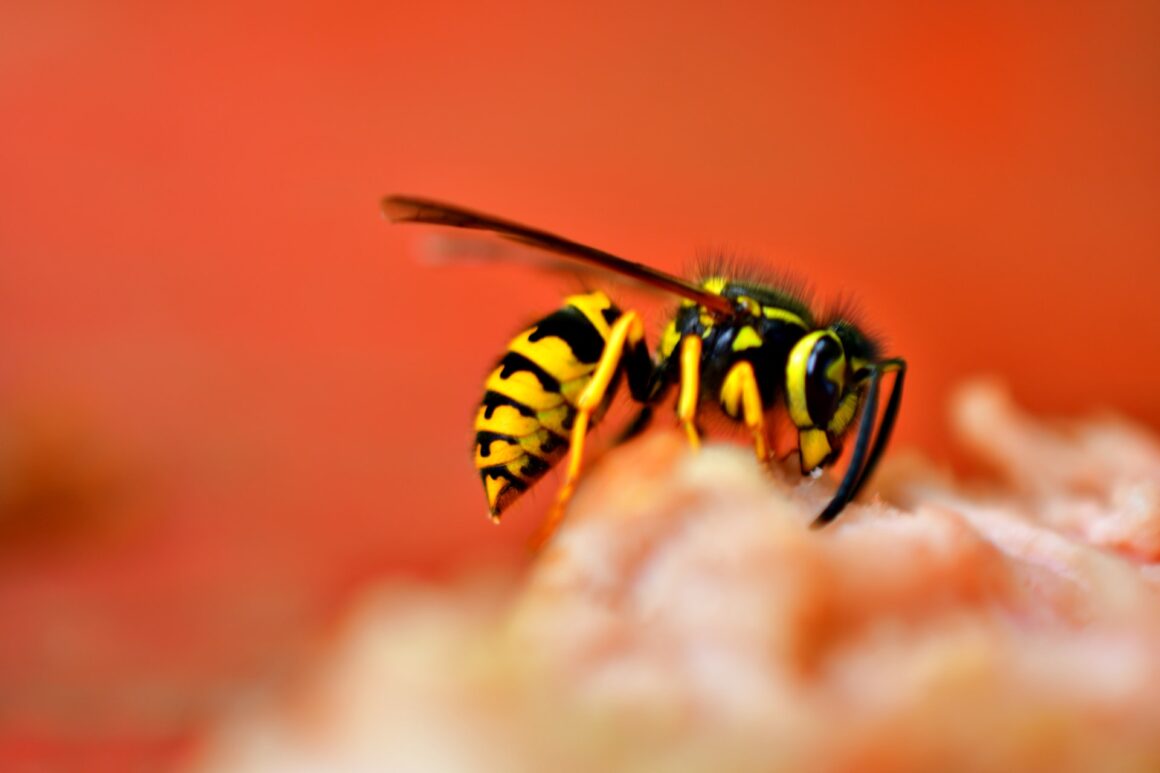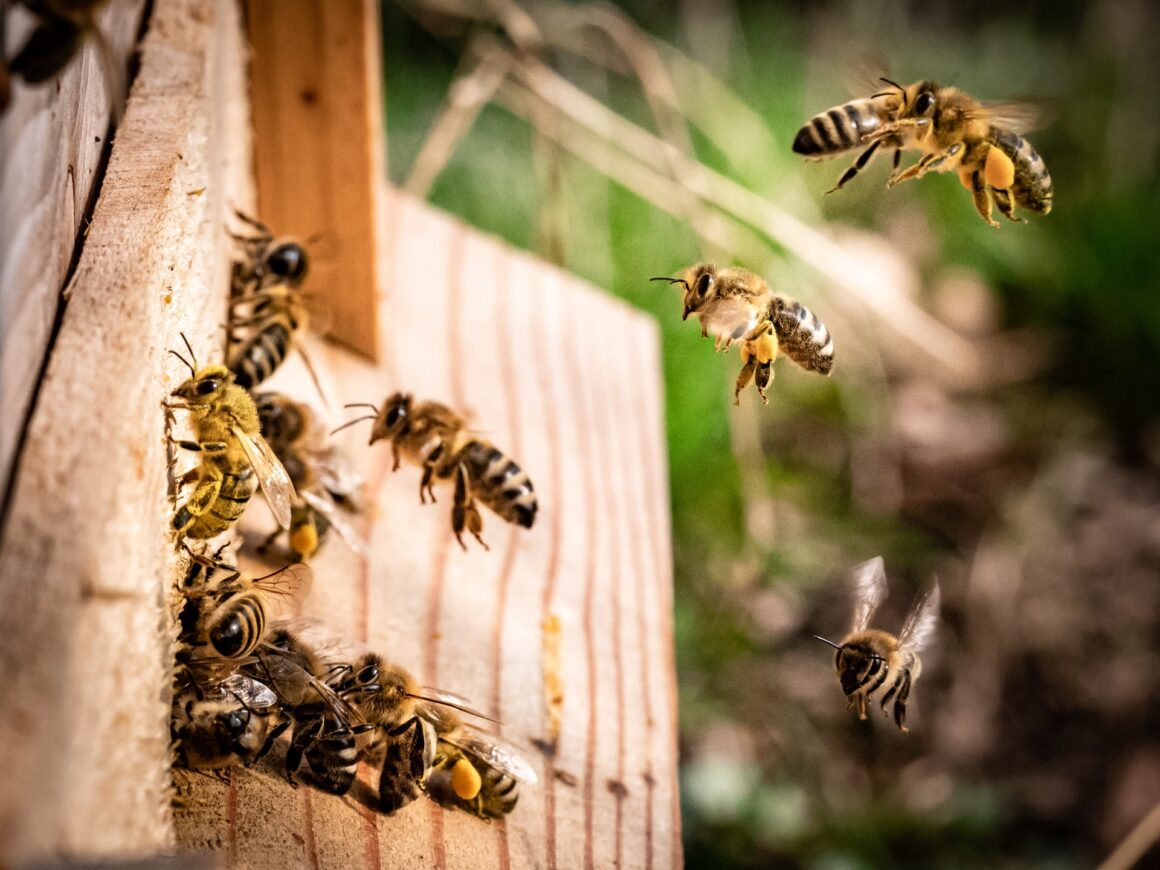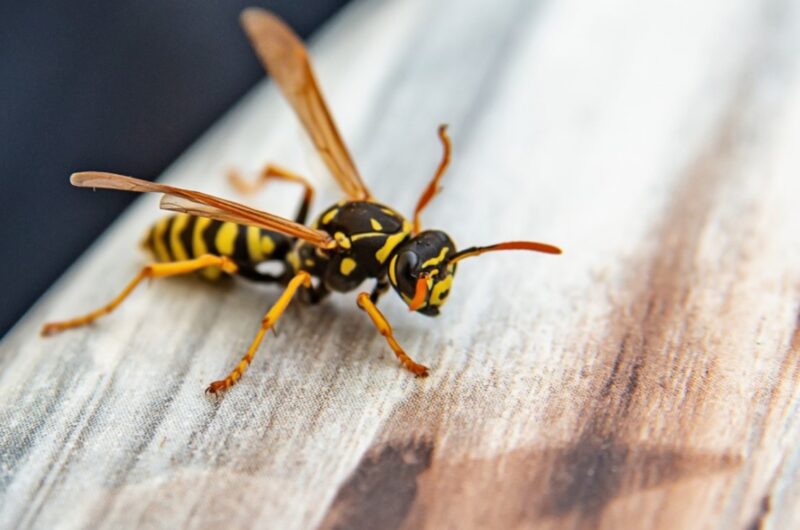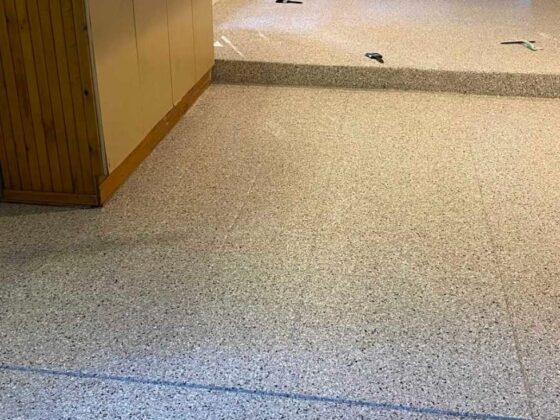This is a blog post about identifying a queen wasp (polymerus sp.) in your home. With winter weather approaching, it is important to know how to identify a queen wasp.
A common problem in homes with nests of wasps is their stinging. The stings are painful, but most people do not realize what they are getting themselves into. To help you identify the type of wasp that is bothering you, the following information will help you determine if you are dealing with a Bee, Yellow Jacket, or Queen Wasp.
One of the most common wasp species is the European hornet (Vespa velutina). These wasps can be found in many places around the United States. They are the only wasps that are black and yellow. The European hornet is flying wasps, meaning they can fly long distances, typically hundreds of miles. They build nests that are built into wooden structures or wood siding. These nests can be found in homes, garages, sheds, and other places.
Hymenoptera is an insect order that has about 150,000 extant species. It’s unclear why Hymenoptera was given that name. The latter half originates from the Greek pteron, which means “wing.” The former component, on the other hand, is said to have originated from one of two sources. For starters, the hymen may allude to the order’s membrane wings. Second, since the order’s forewings and hindwings are “married” together by a set of hooks, it’s likely that the hymen alludes to Hymen, an old Greek deity of marriage. Hymenoptera, on the other hand, is a massive order that includes well-known species like ants, bees, wasps, and sawflies. Ants, bees, and wasps belong to the Apocrita suborder of insects, which includes ants, bees, and wasps. Their small “waist,” which is thought to have developed to facilitate their common ancestor’s parasitic lifestyle, may be distinguished by interested people. Ants and bees, in any event, make up a significant part of the Apocrita. Wasp, on the other hand, is a word that refers to any Apocrita species that isn’t an ant or a bee. As a result, it should come as no surprise that one kind of wasp may be very distinct from another.
Is it true that wasps are always eusocial?
Wasps seem eusocial to many people because the most common species are eusocial. This implies they are split into two groups: reproductive and non-reproductive. The queen, as well as the reproductive males, make up the reproductive group, which is in charge of creating new wasps. Meanwhile, the remainder of the wasps in the non-reproductive group are responsible for the rest of the labor required to maintain the colony alive and healthy. Having said that, it’s worth noting that most wasp species are solitary in nature. As a consequence, each female wasp is solely responsible for her own reproduction and survival. As a result, it’s risky for curious people to make too many assumptions about how a specific species of wasp lives until they learn more about them.
What Is the Best Way to Spot a Queen Wasp?

In certain seasons, identifying the queen wasp is considerably simpler than in others. If curious people see a single wasp moving about in the spring, it is likely that it is a queen wasp foraging for the purpose of feeding the first workers. This is essential since they do not immediately arrive with a team of employees to look after them, therefore they must build up their nest on their own. Those initial workers will eventually mature, allowing the queen wasps to concentrate on creating additional wasps. In the same way, if interested people stumble across a lone wasp in the winter, it’s likely that it’s a queen wasp. This is because they prefer to hibernate so that when their surroundings warm up, they will be ready to move. The issue is that finding queen wasps at this time may be difficult due to their preference for hiding in cracks, crevices, and other hiding places that will shield them from the full impact of the cold. For the rest of the wasps, suffice it to say that many species see their elderly queens, drones, and workers die out over the winter since they aren’t intended to survive the season.
Moving on, recognizing the queen wasp in the summer and autumn may be more difficult. This is because the queen wasps will be ensconced in their nests, where they will concentrate on creating new wasps while their workers take care of their requirements. As a consequence, interested parties will have a difficult time spotting them. Wasps, after all, don’t like it when humans poke about in their nests. It’s not worth it to go too near to the queen wasp, since she’ll be well-protected. The old queen wasps, as well as the drones, will produce new queens and drones at the conclusion of this time. Because they will be involved in a handful of outside activities, interested people may be able to observe the new queen wasps at this time. One, they will be eating in order to gain weight and so build up the energy they will need in the not-too-distant future. Second, they will mate with the drones, allowing them to create more wasps in the future. As a result, it’s likely that curious people may see the new queen wasps moving about, but other wasps will be there as well. In any event, interested parties should be aware that queen wasps are distinguished from their counterparts by their larger size. Queen wasps, like wasps, may have a variety of looks. Even yet, if curious people see a eusocial wasp laying eggs, they can be certain that the wasp is the queen wasp since it is the one trait that sets them apart from the others.
What is the significance of this?

If you want to keep your local wasps under control, knowing how to identify the queen wasp may be extremely helpful. If they can kill the queen wasp in the spring, for example, they will have a high chance of preventing the wasp nest from forming since the queen wasp would not have had enough time to lay a large number of eggs. This is especially true if the queen wasp is still feeding her young workers, who won’t be able to feed themselves until they reach adulthood. Similarly, since the new queen wasp is the only survivor in many species, if interested people can kill the new queen wasp over the winter, they may prevent the development of a new wasp nest. If interested people manage to remove a queen wasp throughout the remainder of the year, however, they may or may not achieve excellent outcomes due to the presence of worker wasps. Furthermore, any such measure may exacerbate the surviving wasps, which may be a problem. In any event, if people are interested in removing a wasp nest, they should contact a professional who has the necessary knowledge, experience, and equipment. It’s no joy being swarmed by a swarm of eusocial wasps. Furthermore, rather of simply giving it their best effort, it is preferable to leave such duties to someone who is consistently capable of recognizing their objective. At the end of the day, no one wants anything to nest or make a home in or around their house, whether it’s a wasp or ants, or something else else.
A queen wasp looks a lot like a typical wasp, in fact if you don’t know what a wasp looks like it’s very difficult to identify one from another.. Read more about queen wasp in house and let us know what you think.
Frequently Asked Questions
How can you tell if its a queen wasp?
Queen wasps are typically yellow and black with a red spot on the top of their head.
Should I kill a queen wasp?
I am not a wasp expert. If you are unsure, it is best to leave the wasp alone.
How do you kill a queen wasp?
The best way to kill a queen wasp is by using a can of aerosol insecticide.


